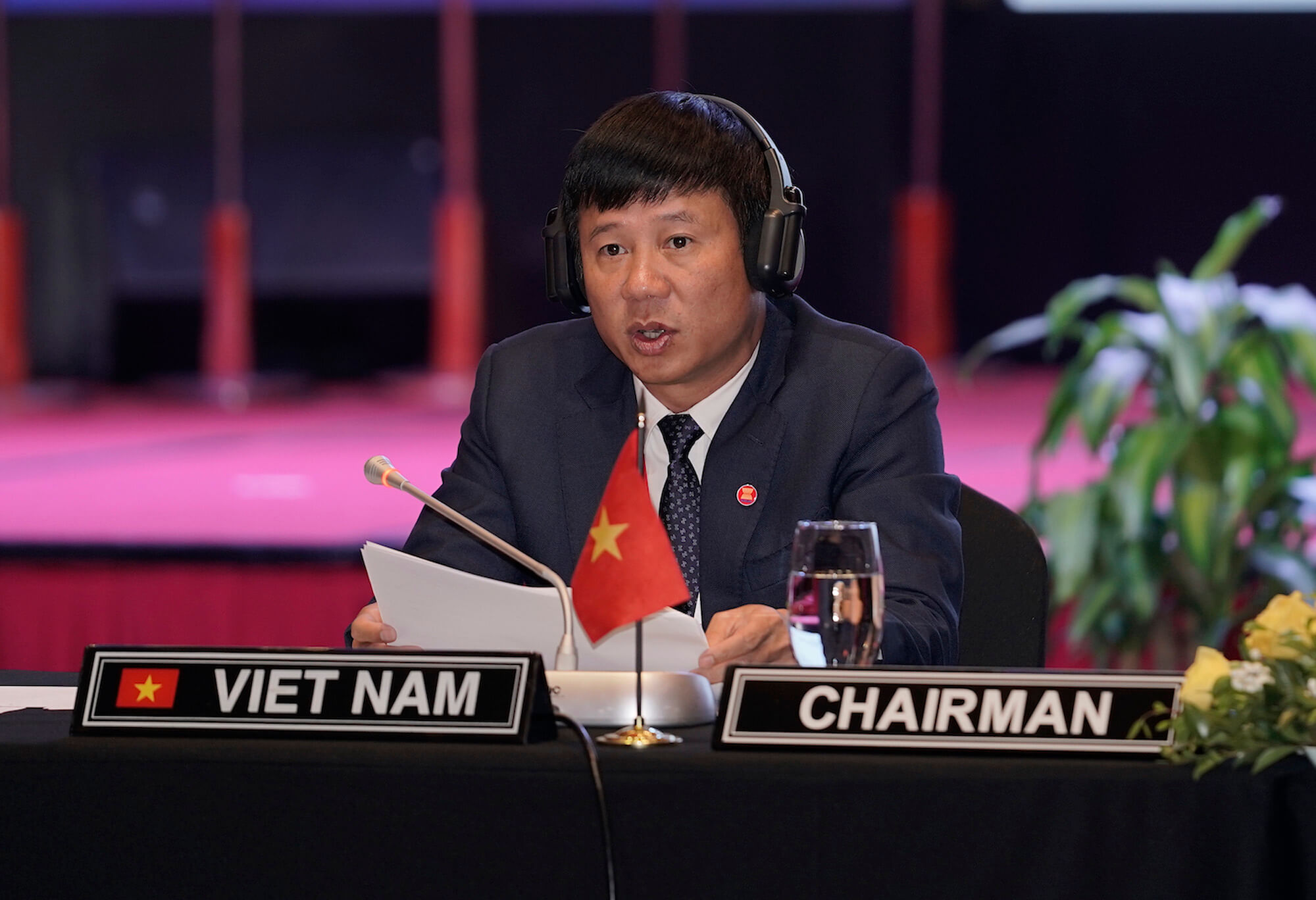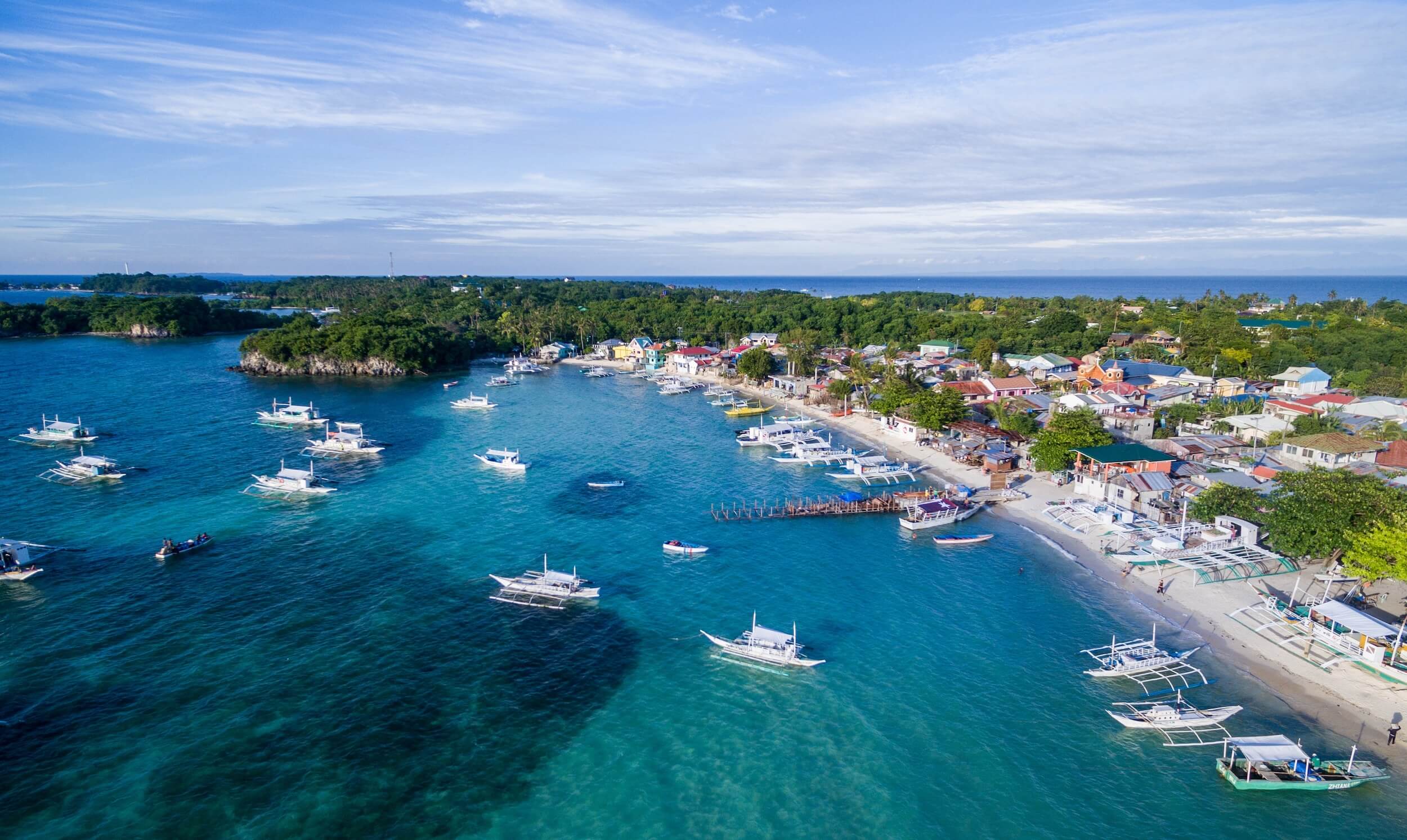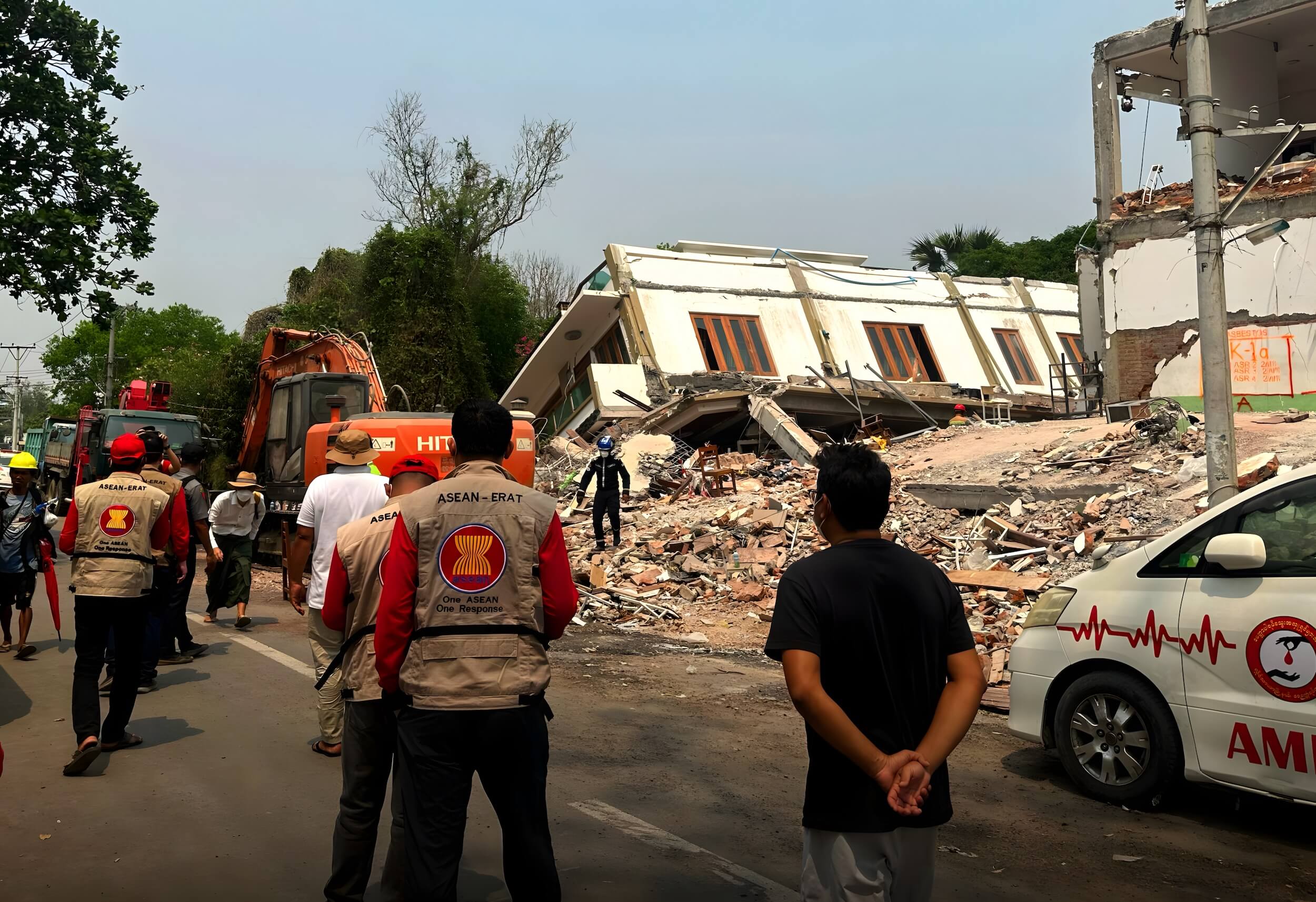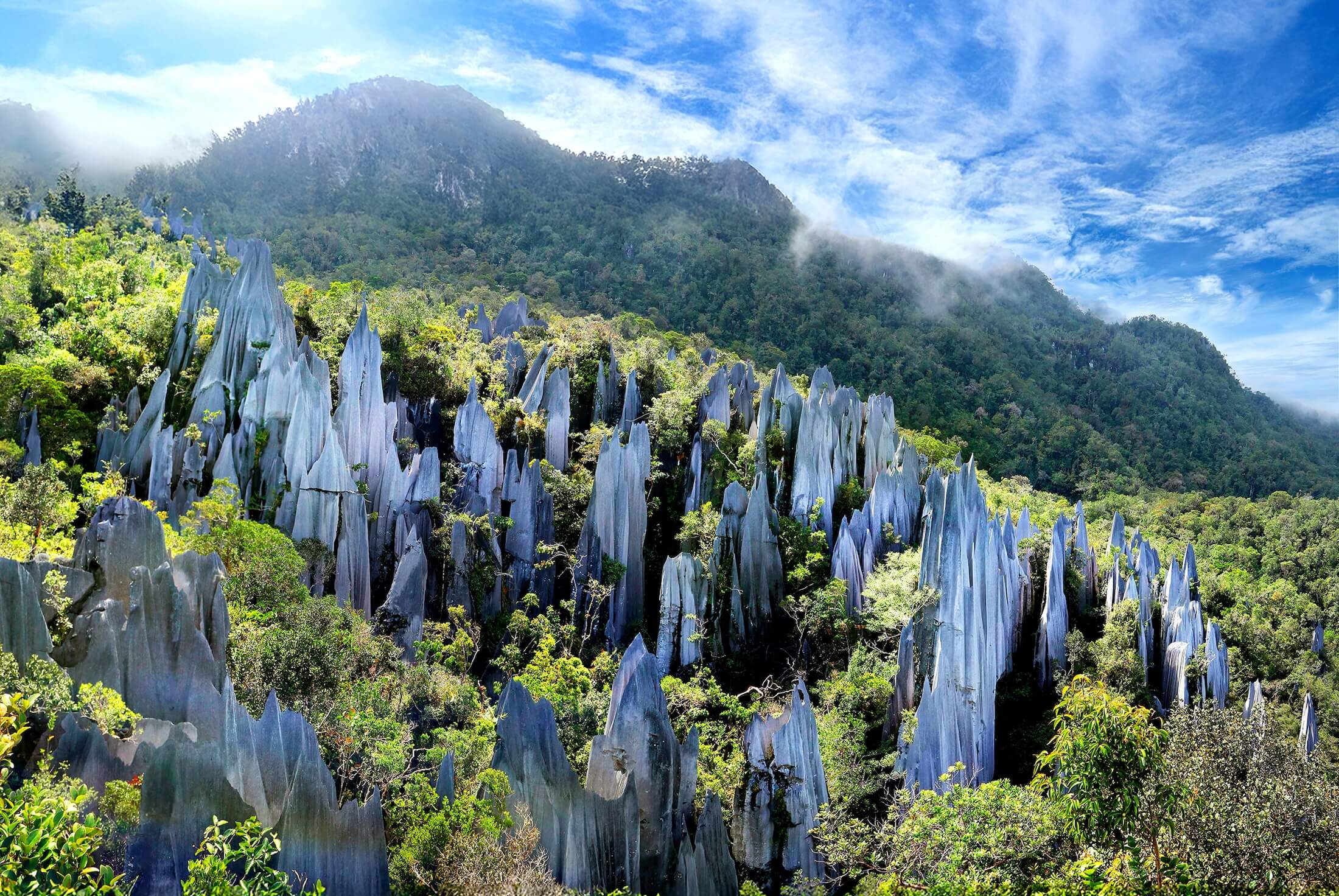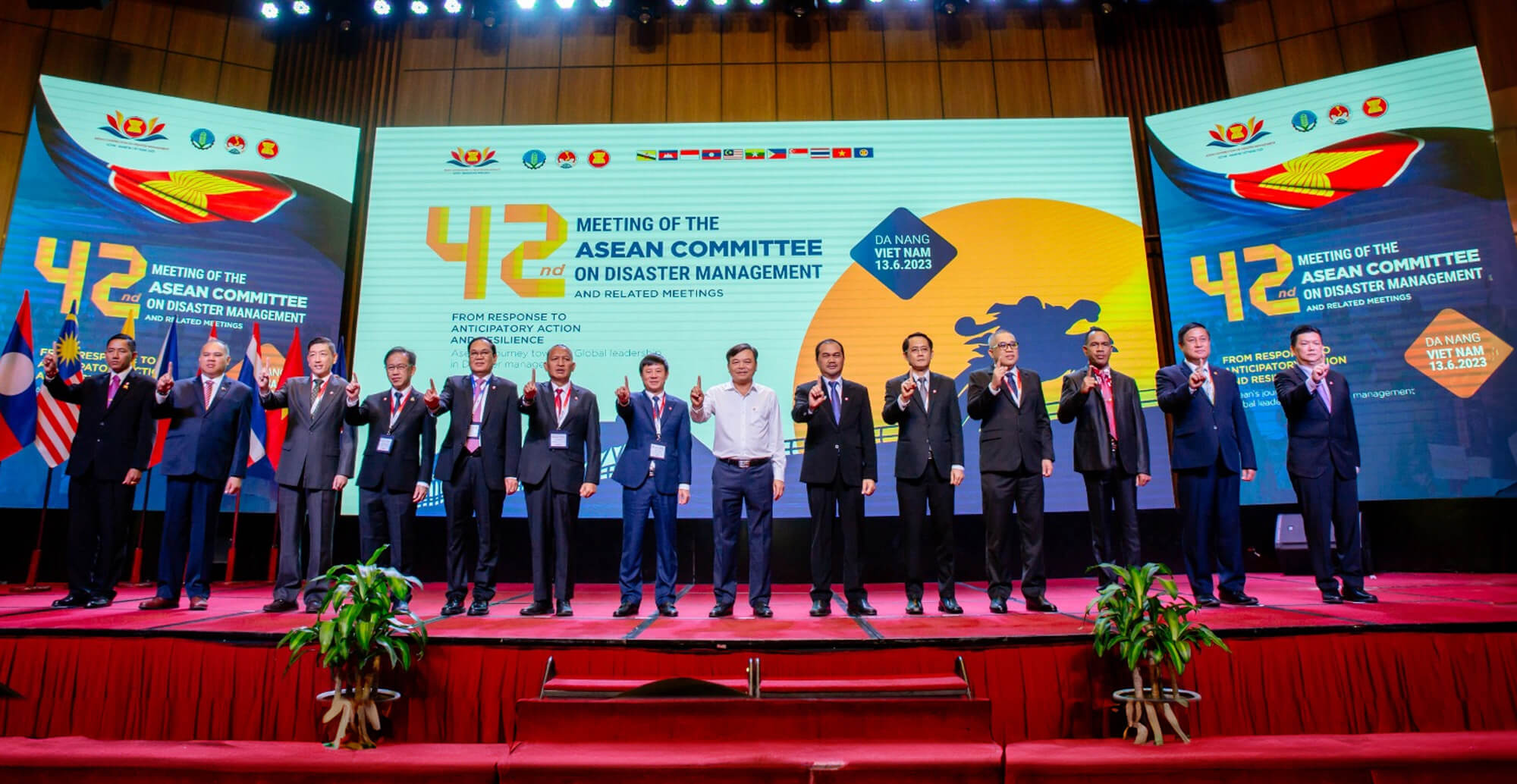



Southeast Asia is one of the most disaster-prone regions in the world. Situated on the Pacific Ring of Fire between the Indian and Pacific oceans, it is one of the most vulnerable regions to climate change. This dual reality presents significant challenges and a distinctive opportunity for ASEAN to proactively address and mitigate the risks associated with various natural hazards such as earthquakes, volcanic eruptions, typhoons, floods, and landslides.
The ASEAN region has experienced numerous catastrophic disasters in recent decades. In 2004, a 9.1-magnitude earthquake triggered a tsunami that caused unparalleled loss of life and inflicted extensive economic damage. Indonesia and Thailand were the two most affected countries in the region. In Aceh, Indonesia alone, over 167,000 people perished, and economic losses reached an estimated 4.5 billion US dollars.
Myanmar was hit by Cyclone Nargis in 2008, resulting in significant loss of life and property. In 2013, Typhoon Haiyan caused widespread destruction in the Philippines. In 2018, the Central Sulawesi region of Indonesia was subjected to a triple disaster, as an earthquake, tsunami, and liquefaction hit the areas of Palu, Sigi, and Donggala. In 2022, Tropical Cyclone Nalgae hit the Philippines, causing more than 200 million US dollars in damages.
These devastating calamities underscore the urgent need for ASEAN to bolster resilience to disasters and climate change.
History of the ACDM’s establishment
Since the early 1970s, ASEAN has consistently recognised the need to build and strengthen its resilience in responding to disasters and readiness to anticipate and manage future disasters.
The 1st Meeting of Experts for the Establishment of ASEAN Combined Operation Against Natural Disasters was held in October 1971 in Indonesia. The Meeting was later renamed the ASEAN Experts Group on Disaster Management or AEGDM in August 1993 to understand the region’s needs, covering the entire spectrum of natural-induced disasters.
In 2003, the ASEAN Committee on Disaster Management (ACDM) was established to foster regional cooperation to address disaster-related challenges. Its formation aimed to enable individual member states to unlock their developmental potential and promote a collective ASEAN spirit. Comprising the national disaster management organisations (NDMOs) from each ASEAN Member State, the ACDM convenes at least once annually.
The ACDM’s vision is to build “a region of disaster-resilient nations, mutually assisting and complementing one another, sharing a common bond in minimising adverse effects of disasters in pursuit of safer communities and sustainable development.”
In its early years of establishment, the ACDM took pivotal steps to accelerate ASEAN’s joint efforts in building better disaster management. It paved the way for the landmark inaugural gathering of the ASEAN Ministerial Meeting on Disaster Management on 7 December 2004. The devastating impact of the Indian Ocean Tsunami on 26 December 2004 accelerated the sector’s initiatives. At the Special ASEAN Leaders’ Meeting on 6 January 2005, ASEAN demonstrated the region’s unwavering commitment to ensuring the well-being of its people, working collectively to safeguard lives and property from the devastating impact of calamities, and building and fostering a culture of resilience and preparedness.
This was followed by the finalisation and signing of the ASEAN Agreement on Disaster Management and Emergency Response or AADMER, its enforcement in 2009, and the establishment of the ASEAN Coordinating Centre for Humanitarian Assistance on disaster management or the AHA Centre in 2011.
